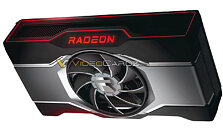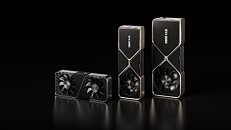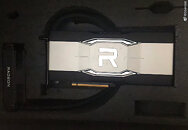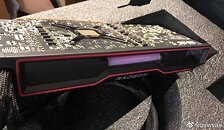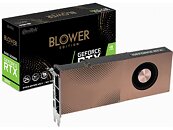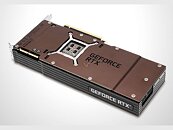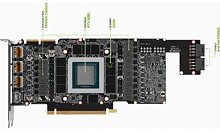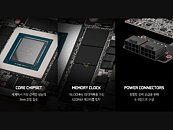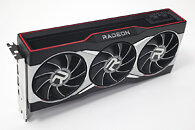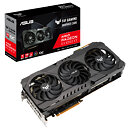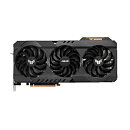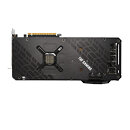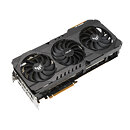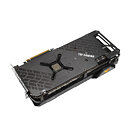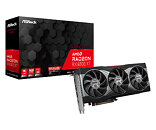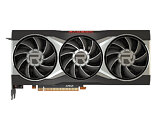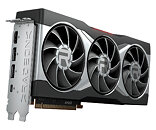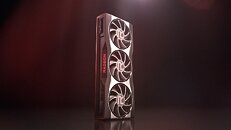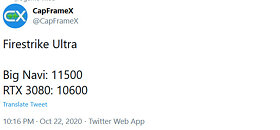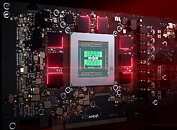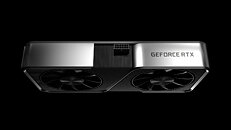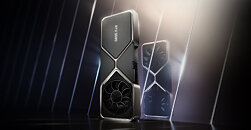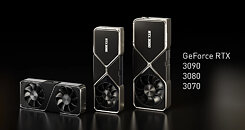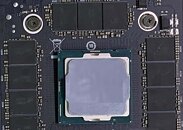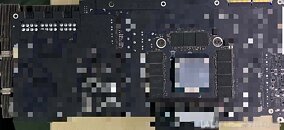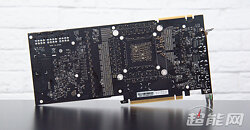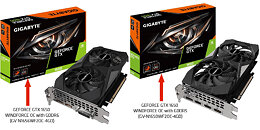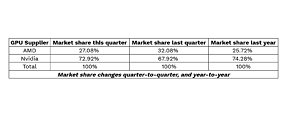
Leaked Document Confirms That MSI GeForce RTX 3090 Ti SUPRIM X Graphics Card Launches January 27th
In the past few months, we have heard rumors of NVIDIA launching an upgraded version of the GA102 silicon called GeForce RTX 3090 Ti. The upgraded version is supposed to max out the chip and bring additional performance to the table. According to anonymous sources of VideoCardz, MSI, one of NVIDIA's add-in board (AIB) partners, is preparing to update its SUPRIM X lineup of graphics cards with the MSI GeForce RTX 3090 Ti SUPRIM X GPU, scheduled for January 27th launch date. This suggests that the official NDA lifts for these RTX 3090 Ti GPUs on January 27th, meaning that we could see AIBs teasing their models very soon.
As a general reminder, the GeForce RTX 3090 Ti graphics card should use a GA102-350 silicon SKU with 84 SMs, 10752 CUDA cores, 336 TMUs, 24 GB of GDDR6X memory running on a 384-bit bus at 21 Gbps speed with 1008 GB/s bandwidth, and a TBP of a whopping 450 Watts. If these specifications remain valid, the GPU could become the top contender in the market, however, with a massive drawback of pulling nearly half a KiloWatt of power.
As a general reminder, the GeForce RTX 3090 Ti graphics card should use a GA102-350 silicon SKU with 84 SMs, 10752 CUDA cores, 336 TMUs, 24 GB of GDDR6X memory running on a 384-bit bus at 21 Gbps speed with 1008 GB/s bandwidth, and a TBP of a whopping 450 Watts. If these specifications remain valid, the GPU could become the top contender in the market, however, with a massive drawback of pulling nearly half a KiloWatt of power.




















